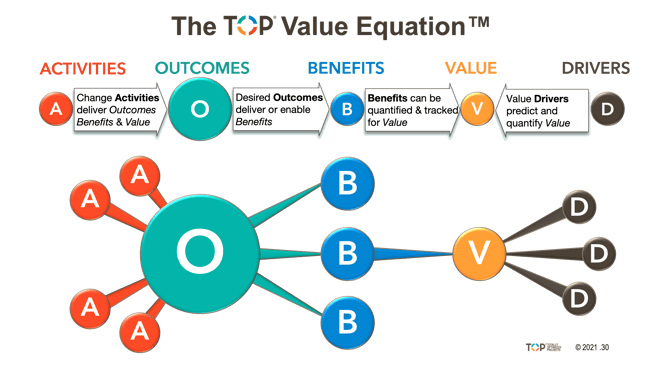The Three Types of Projects
There are three types of projects.
The first type of project may or may not have a business case, but they essentially neither think nor talk about benefits during the project.
Their projects exist to deliver a specific outcome (usually an implemented system) and the benefits are assumed to come. Most software vendor implementations fall into this category.
The second type of project has a parallel stream for benefits measurement. Here the business case sets the expectations and the benefits are talked about during the project. Benefits are basically expected to be delivered at the end or after the project.
Some time after the project has finished a post implementation or benefits review is conducted to see if the benefits were realized. These reviews are mostly audits (did we or didn’t we?) rather than detailed analyses of what happened between the business case and the realization of the end benefits.
Although an awareness of benefits exists with these projects the benefits stream does not impact or drive the project.
The third type of project is a benefits focused project. These are still extremely rare. This fact should be surprising because realizing the benefits from projects is the whole point of doing them in the first place!
These benefits focused projects are rare because…
- benefits are not well understood, and
- most project delivery processes are not benefits focused,
So being benefits focused requires a different way of thinking about and executing projects.
Benefits are not well understood.
Much of the language around benefits is sloppy. The word ‘benefits’ is used interchangeably to mean the net dollars realized, the outcomes generated, the changes made and so on.
If you cannot easily and clearly define ‘benefits’ you obviously cannot measure them let alone focus your whole project on them.
Benefits are most easily understood using The Value Equation™ . This equation illustrates the five components that are required for the total delivery of the benefits

To understand the Value Equation in detail read "Understanding the TOP Value Equation"
Now you understand the components of benefits, you can focus our projects on them.
Refocusing projects
Using The Value Equation the achievement of the outcomes delivers or enables the delivery of the benefits and, thereby, the realization of the value. The focal point of a project therefore requires using the ‘desired business outcomes’ as the project’s primary measure of success.
So, the outcomes are the pre-requisite for the delivery of the benefits. But these ‘outcomes’ are not the normal ‘project outcomes’ (installed system, trained staff, etc). These ‘outcomes’ need to be defined as measurable business end states.
This is an important difference as these end states have to be value-focused. A simple case example to illustrate the difference.
A project outcome could be to deliver a ‘brick-making factory’. This would be a factory equipped with brick-making machines developed to building lock-up stage. At this point the factory is not a revenue-generating asset.
The true desired business outcome would be ‘a factory making (and selling) bricks’ — a revenue generating asset.
This change in target outcome also changes the dynamics of the project to produce a better result. The project leader now has to live with the outcomes of their decisions, they have to get the plant working. This type of value-generation requirement focuses the mind!
From day-1 they are conscious that the decisions or compromises they make will come back to haunt them if they get them wrong.
They now have to think holistically, not just about the factory building and equipment, but also about the information, material and other flows, the skill sets and staffing needs required to deliver a revenue-generating asset.
Not surprisingly, benefits focused projects deliver increased value at less cost (and, usually, in less time than it world take to reach the same business outcome conventionally).
In Conclusion
Less time, less cost and (exponentially) increased value. A powerful argument to make all of your projects benefits focused.
Explore how to make your projects benefits focused through our book, "Benefits Management can be simple".




